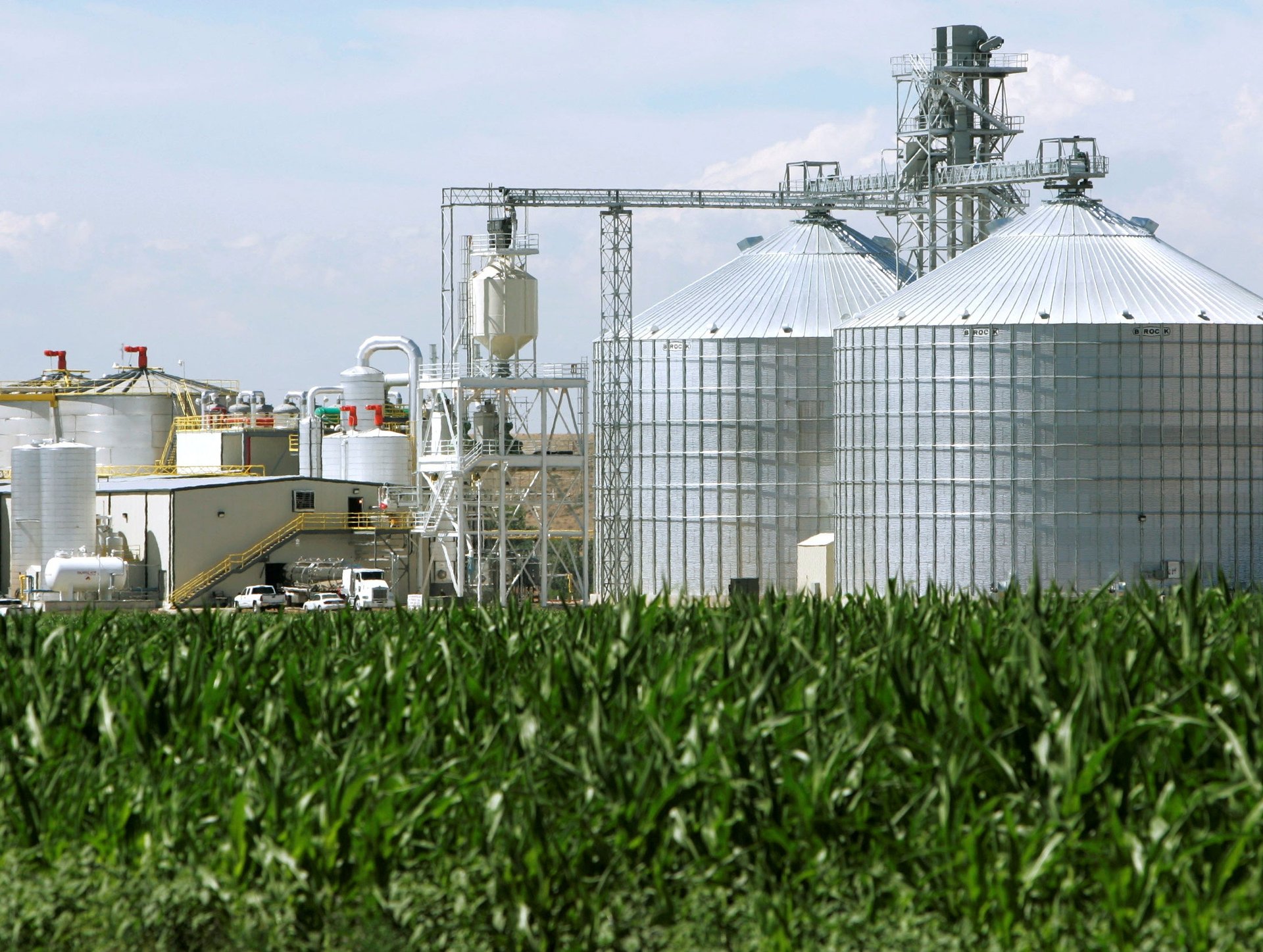The US government is a new gold mine for carbon capture companies
A major expansion of tax credits for carbon capture in the Inflation Reduction Act puts previously unaffordable projects within reach.

The most important step in curbing climate change is to stop burning fossil fuels. But as the economy slowly pivots in that direction, it might be worthwhile to catch the carbon emissions that remain as they come out of smokestacks, and bury them away underground. That’s the idea behind carbon capture and sequestration (CCS), a technology that has been slowly gaining interest for a decade and is now poised for a boom in the US thanks to new tax credits in the Inflation Reduction Act (IRA).
CCS sometimes gets a bad rap from climate hawks for a few reasons:
- The biggest is that, when used on coal or natural gas-fired power plants or processing facilities, it becomes an excuse to extend the lifespan of those plants and therefore perpetuate the economy’s reliance on fossil fuels.
- Another is that it’s a waste of money: A number of high-profile attempts at CCS on coal plans were shuttered after gobbling up billions of investor and taxpayer dollars because the technology couldn’t be made cost-effective at scale. Why not spend that same money on a solar or wind farm, which gets cheaper by the day?
- The third complaint is that in most cases, the captured CO2 isn’t just buried—it’s sold to oil drilling companies that use it to help dislodge more oil out of wells.
These projects already benefitted from a tax credit called 45Q. In the IRA, that tax credit is significantly increased, made available to much smaller projects, and paid directly to project developers. (45Q was previously doled out not to carbon capture companies themselves, but to their financiers.) The effect is that the US Treasury is now a gold mine for anyone working on carbon capture—and that some less-controversial applications of the technology, which were previously unaffordable, are now on the table.
“This is a game changer for CCS,” said Brent Lewis, CEO of Carbon America, a Colorado-based carbon capture company that is developing systems for two ethanol plants that it expects to be operational by 2024. Previously, such systems needed to capture at least 100,000 tons of CO2 annually to qualify for the credit. Now the threshold is just 12,500 tons. The plants Lewis is working with met the higher threshold, but by a small margin; if ethanol production fell off in any given year the tax credit would be at risk. That’s no longer a concern. And if the plant does capture 100,000 tons, his company stands to earn $8.5 million from the IRS.
Lewis said he is also now negotiating with a broader base of potential customers, from industrial facilities in which the cost of performing CCS is higher than ethanol. According to a Bloomberg analysis, the new tax credits put steel, cement, and petrochemical facilities with reach of cost-effective CCS for the first time (though power plants may still struggle to break even).
CCS isn’t just for power plants
That broader range of facilities is a key breakthrough for the big climate picture, because unlike with fossil-fired power plants, there is no readily-available, low-cost, low-carbon alternative for steel and cement production, both of which are major sources of emissions. If CCS on a coal plant is of dubious benefit, in other words, CCS on a cement or steel plant is an unambiguous and sorely needed step forward.
Meanwhile, the tax credits will continue to indirectly subsidize “enhanced oil recovery” (EOR). But the credit is much higher if the captured carbon is buried. A Princeton analysis of the IRA’s overall climate impact included potential increases in oil production due to EOR in its projections of the future oil market, and concluded that on net the law does far more to tamp down oil demand (and therefore emissions) than it does to prop oil production up.
The biggest potential winners from the changes are companies working on direct air capture of CO2. This technology remains nascent, with only about a dozen small plants operating globally. And it’s expensive, between $250 to $600 per ton. But it’s also absolutely necessary to meet the warming goals of the Paris Agreement. A $180 tax credit could be precisely what’s needed to bring this technology to scale.
